Together with almost all aspects of our modern world, 21st-century learning environments have been revolutionised by the use of new technologies. From apps to virtual reality to bespoke learning journeys, the education system has undergone a significant transformation.
The pandemic forced a rapid shift to widespread remote learning, which many education providers – not to mention education professionals themselves – were not adequately prepared or equipped for. It caused huge disruption across the education sector, with elementary school systems, colleges and higher education institutions all scrambling to ensure their online learning offerings were as good as they could be, given the circumstances.
Fast-forward three years and education technology (EdTech) shows no signs of stopping, integrating itself ever-further into daily educational practices. Learning technology has gone far beyond the virtual classrooms, online programmes and Zoom lessons of early EdTech. Now, the EdTech industry is worth an estimated $340 billion, and its impact is seismic:
- EdTech usage and EdTech upgrading in schools has increased 99% since 2020.
- Over 70% of colleges expect to launch one or more online undergraduate programmes in the next three years.
- Digital learning is the most popular corporate skill-building strategy.
- Searches for EdTech have increased 125% over the last five years.
What lessons have been learned from this increased reliance on, and assimilation of, technology in education settings? What role does EdTech play in supporting pedagogy?
Why is technology used in education?
Today, technology is a driving force across the education sector – creating high-quality learning opportunities that simply wouldn’t be possible – due to time, budget and feasibility constraints – otherwise. Traditional modes of teaching can be enhanced by the integration of technology, making learning more accessible, more individual, more diverse and more engaging.
With the potential to transform the learning experience for students and educators alike, it enhances learning and supports better student outcomes in a wide variety of ways, helping to:
- automate processes
- improve access to information
- enable sharing of knowledge and data between students, educators and relevant stakeholders
- duplication and transfer information between media forms and platforms
- curate useful and important knowledge
- convey ideas in different ways and visualise concepts.
The use of technology makes personalised learning a classroom reality. It focuses on developing and modifying the curriculum to suit individual learners’ particular needs and preferences. Integrated systems allow anytime-access to educational resources and materials, and students are able to learn at their own pace and exercise greater autonomy over how, when and where they choose to learn.
Accelerated learning aims to ‘speed up’ the learning process for students, making use of technology systems to ensure that the maximum amount of teaching and learning takes place. This includes in-class multimedia content – such as interactive activities, videos and audio – that brings learning to life and boosts student engagement.
Technological advances mean collaborative learning, both peer-to-peer and peer-educator, can be more easily facilitated. Students can hold discussions, work together to solve problems or complete activities, and benefit from enhanced one-to-one interaction and feedback from teachers and lecturers.
Technology not only enhances the learning process in the here and now, but it provides critical skill development for learners who will undoubtedly encounter information communication technology (ICT) throughout their lives and careers.
How is technology used in education?
As well as the pivotal role EdTech plays in learning itself, its remit and potential goes far beyond the physical and virtual classroom. The Department for Education (DfE) highlight five main areas where they believe technology can create value for education and school systems:
- administration processes: reducing the burden of non-teaching activities
- assessment processes: making assessment more effective and more efficient
- teaching practices: ensuring improved learning outcomes for all students, with a focus on supporting access and inclusion
- continuing professional development (CPD): enabling teachers, lecturers, school leaders and other education professionals to develop in their roles with greater flexibility
- learning throughout life: helping those who are not in formal education to gain new skills, as well as supporting personal decisions regarding work or further study.
In practice, this may look like developing lesson plans in which technology devices play an integral role, receiving real-time updates on students’ progress and performance – allowing educators to focus interventions and attention where it is most needed – collaborating via asynchronous learning platforms, enabling student-teacher consultations, downloading resources from the cloud, and many more initiatives.
Types of technology used to support teaching and learning
The types and applications of technology in learning environments is extensive. Here are some examples:
- SmartBoard – these wall-mounted interactive whiteboards work with a projector to provide large digital screens that can be the focus of a classroom or lecture space. Students are able to fully interact with the board without using a device, and educators gain all the advantages of a computer in their teaching
- remote learning – including innovations such as audio and video conferencing platforms like Google meet, Teams and Zoom, as well as tools such as on-demand and live webinars, podcasts and e-workbooks
- artificial intelligence – create custom learning activities and lesson plans, auto-grade student work, generate recommended reading lists, support decision-making around learning progression, cater to additional learning needs such as dyslexia – the possibilities are endless
- Virtual Reality (VR) – students are able to experience locations, activities and events all without leaving the classroom. In a primary school, this may mean visiting the Great Pyramids of Giza; at university-level, it may mean performing a surgical operation in an immersive, VR surgical theatre
- laptops, digital pads and tablets – various types of wireless or plug-in devices can be used to enhance student learning – allowing them to access a greater array of resources without the time and waste of paper resources. While computer suites are still used in schools, portable devices allow IT learning both in the classroom and outside of it for maximum flexibility.
Harness technology to improve the experiences of learners and educators
If you’re interested in expanding your skills and knowledge in the exciting and rewarding field of education, join North Wales Management School’s online MA Education programme.
Reinforce your practical experience with the theories, techniques and expertise to lead educational development in the modern world. Designed by education professionals, our flexible course equips you to excel as an educator, preparing you with the competencies and knowledge to take the next step in your career. An ideal stepping stone into careers such as school headships, heads of divisions, subject leaders, peer-mentors, policymakers and curriculum advisors, your studies will encompass inclusive practice, mentoring and coaching, learning technology, critical pedagogy, and much more.




